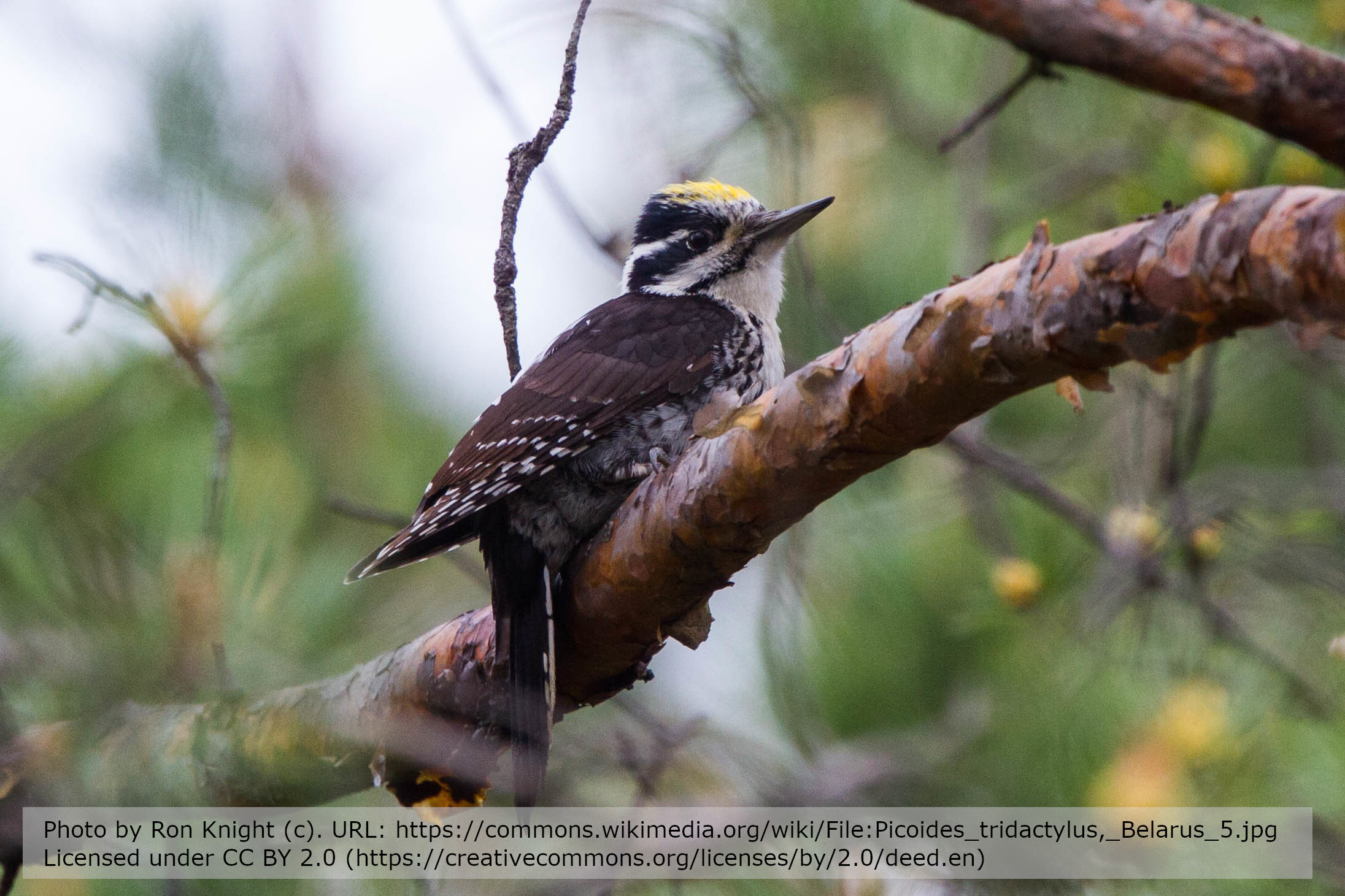Förekomst av tretåig hackspett Picoides tridactylus på bestånds- och landskapsnivå
DOI:
https://doi.org/10.34080/os.v6.22986Nyckelord:
habitatval, hot, val av boplats, antropogena effekter, klimateffekterAbstract
The Three-toed Woodpecker Picoides tridactylus has declined with at least fifty percent in most of Sweden since the 1970s. This study was made in an area of 150 km2 in the eastern part of the province of UppIand in order to explain the habitat requirements of the species at the levels of both forest stand and landscape. The amount of dead wood was strongly correlated with the occurrence of the woodpecker. The stage of decay of the tree seemed to be more important than the tree species, both for feeding and nest site selection. All breeding sites were surrounded by continuous forests of 100–400 ha characterized by low management intensity (trees older than normal final felling age, little thinning, and several features typical for a "natural" forest). In control areas of similar size but with normal management regimes, we found the Three-toed Woodpecker rare or absent. We also found that a high proportion of swamp forest partly could compensate shortage of dead wood in other forests. The species is able to respond rapidly when suitable habitats with many dead or dying trees appear after a disturbance such as storm felling, insect attack, fire or flooding.
Nedladdningar

Downloads
Publicerad
Referera så här
Nummer
Sektion
Licens
Copyright (c) 1996 Martin Amcoff, Pär Eriksson

Det här verket är licensierat under en Creative Commons Erkännande 4.0 Internationell-licens.
Författaren/författarna innehar copyright för varje enskilt bidrag, men samtliga bidrag är publicerade under en Creative Commons-licens, så att vem som helst kan dela och återanvända bidraget förutsatt att copyright-innehavaren erkänns.







